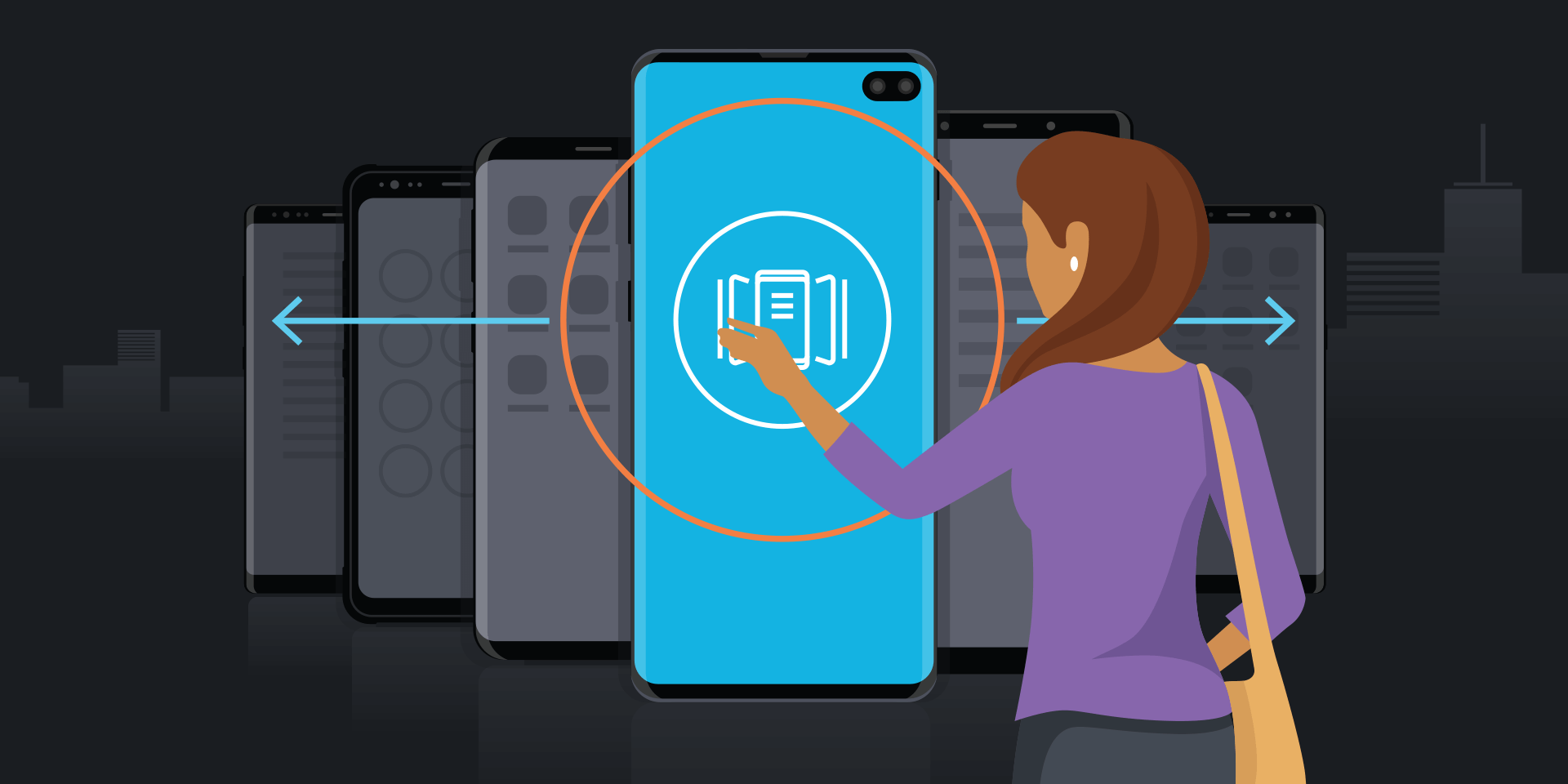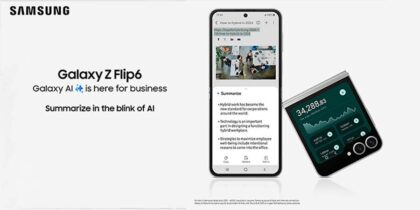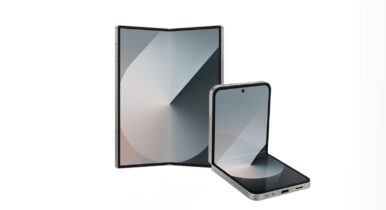Millions of workers spent most of the year working from home, and technology played a pivotal role in making that possible. Pandemic-related disruption became business as usual, driving a profound shift toward solutions like videoconferencing and virtual desktop infrastructure (VDI), as well as mobile health and safety apps.
Two of 2020’s most significant business trends — work-from-home (WFH) technology and social distancing solutions — were influenced by the need to help you and your employees stay safe. Multifactor authentication (MFA) has also become more widespread, with mobile devices as the preferred tool for verification. What’s more, the past year marked the arrival of high-performance 5G mobile devices — and more robust cellular networks to support them.
Here’s how these four trends are shaping up to transform business in 2021:
1. Remote work is here to stay
The pandemic put WFH technology to the test and demonstrated the power of the cloud in facilitating rapid scaling. The scaling ability of business communication platforms, for example, was facilitated by a global ecosystem of powerful mobile devices and robust network resources — from cellular to the cloud.
Collaboration platforms have become practically synonymous with WFH. According to an Ernst & Young report, “Remote working is here to stay and will more than ever become an integral part of the way we work. Now is the time for companies to prepare for this ‘back to the new normal.'”
What's the best phone for your business?
Take this quick assessment to discover the smartphone most tailored to your business needs. Take Assessment
The remote work trend is expected to continue in 2021 — and even post-pandemic. According to a survey of 1,200 CIOs by Enterprise Technology Research, the percentage of permanent remote workers worldwide will more than double, from 16 percent to 34 percent.
In 2021, businesses will need to build on their 2020 experiences to enhance WFH performance and to ensure that productivity keeps improving.
2. Social distancing goes mobile
While some social distancing solutions are low-tech — like the decals that space out supermarket lines — digital social distancing solutions are becoming increasingly prevalent in sectors like retail, manufacturing, hospitality and transportation.
One innovative mobile app for social distancing uses a Bluetooth-enabled smartwatch to alert workers when they’re too close together. “What we’ve seen across both office and manufacturing environments is a 65 to 70 percent reduction in total and high-risk interactions in just a few days,” says Kenny Ratton, CEO of Radiant RFID, which has developed such an app.
Companies that need safe workplace solutions are expected to continue investing in social distancing apps that can be deployed to employees’ smartphones and wearables.
Of course, mobile technology has been essential this year for more than just social distancing. New cloud-based apps are helping enterprises implement new productivity solutions with smartphones and tablets. Meanwhile, push-to-talk (PTT) smartphones are helping first responders and field workers improve their communications and situational awareness.
As the world continues to grapple with the global pandemic into 2021, mobile capabilities like these will help employers ensure worker safety as people return to the workplace — wherever that may be.
3. Security matters more than ever
As enterprise assets are more often stored and shared outside of traditional perimeter-based network security, there’s an increasing need for solutions like MFA in which identity itself is the first line of defense.
Implementing MFA successfully depends on securely managed mobile devices, so enterprise-level mobile device management (MDM) solutions will continue to be spotlighted. “In the near future, mobile devices will serve as your digital ID to access enterprise service and data,” predicts MobileIron.
The latest research agrees: The MFA market is expected to grow from about $9.1 billion a year in 2019 to more than $24 billion a year in 2025, according to a ReportLinker projection.
Increased reliance on identity for authentication means that 2021 could see the emergence of new enterprise-level best practices in which employers require employees to use MFA on company-issued devices.
4. 5G is poised for growth
The combination of 5G smartphones and 5G carrier networks promises to spur the development of apps that take advantage of higher throughput, lower latency and improved quality of service. Market research firm Canalys expects 5G smartphone sales to increase from 28 million in 2020 to more than 1.3 billion in 2021.
“Early 5G adopters are driving greater competition among communications service providers,” says Kosei Takiishi, senior research director at Gartner. “In addition, governments and regulators are fostering mobile network development and betting that it will be a catalyst and multiplier for widespread economic growth across many industries.”
While 5G will take some time to fully roll out, its eventual implementation stands to upend communications far more than previous network generations such as 4G. In 2021, businesses should evaluate how they can employ the new wireless standard to benefit their operations and communications top-down.
Looking ahead, for enterprises in sync with mobile technology trends, 2021 offers opportunities to implement more robust and secure solutions that will streamline everything from communications to productivity.
Not sure which smartphone best suits your business needs? Try this free short assessment. And check out some tips on how to create a more connected remote workplace.








